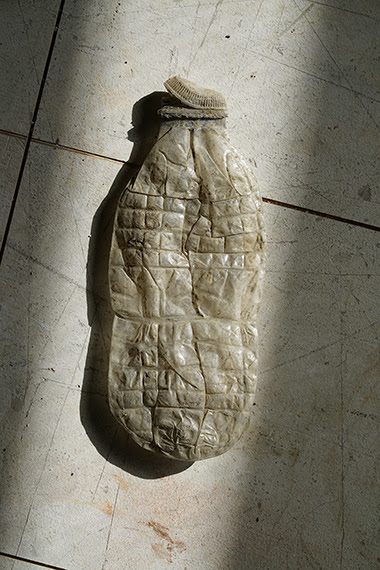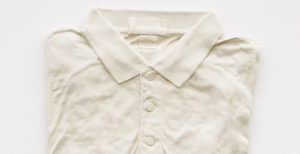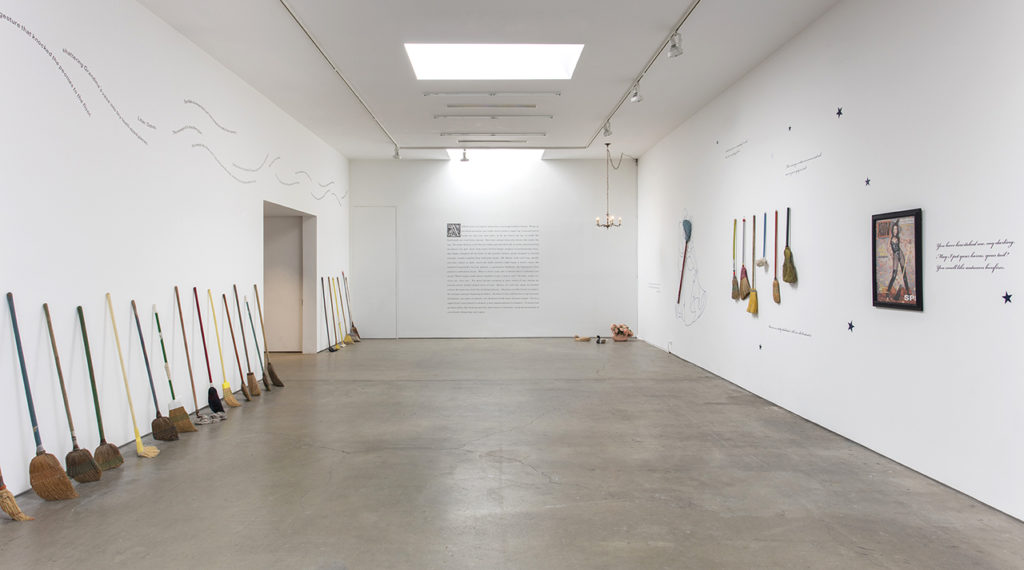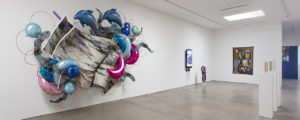Ry Rocklen is presenting solo exhibition L.A. Relics at Los Angeles’ Honor Fraser, opening September 10 and running to October 29.
A new body of sculptural works, casts of clothes and other found objects, evoke the memory and nostalgia of the Los Angeles landscape, where the artist was born and raised, as well as conceptions of idealized, collective spaces where “people congregate to better their lives through communal activity and civic engagement”.
Producing two-sided sculptures in which pieces are “flattened, given form, and flattened again via photography, clay, and mirrors,” Rocklen celebrates “the public, open-ended nature of his objects and imbues them with a presence at once dignified and peculiar”.
See the Honor Fraser website for details.**




